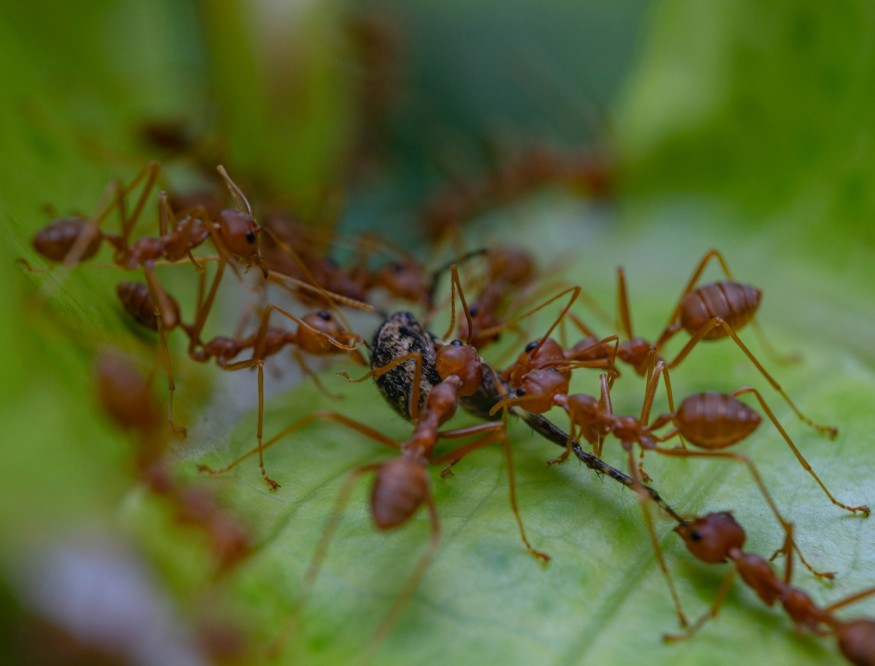Fire ants are known for possessing complex social behaviors and being aggressive, especially when their ant colony is disturbed or threatened. Using chemical signals and their innate senses, fire ants can communicate with each other. These ferocious insects native to central South America are known as invasive species or non-native species elsewhere in the world, including the United States and Australia.
Fire ants are also intelligent and show sophisticated organization skills. These unique traits are shown in Australia recently, where the rare 'fire ant raft formation' behavior has been observed in the state of Queensland, which was recently ravaged by flooding due to heavy rain since early this month. Wildlife authorities observe the fire ants are just trying to survive the Queensland floodwaters.
However, there is a catch to this story that is not initially noticeable. According to experts, the rare ant behavior of forming floating rafts can lead to a potential population surge amid the floodwaters in Queensland, as cited from several reports. In addition, the experts warn that wild weather can accelerate the spread of one of the world's most invasive animal species.
Fire Ant Raft Formation

Following the tropical storms that rampaged through Queensland and its surrounding regions over the Christmas and New Year's Day holidays, a member of the Invasive Species Council, Reece Pianta, warned the local Australian community to be extra vigilant since red imported fire ants, called Rifa, were filmed engaging in the rare fire ant raft formation behavior on floodwaters.
Pianta stated that fire ants are more active prior or after rainfall events, and the aftermath of rain is a time where they can form large floating rafts, allowing them to move with water currents and reach new areas.
In addition to surviving the Queensland floodwaters, the local natural disaster also indirectly helps the invasive ant species to gain more ground and even threaten native species or local wildlife.
Fire Ant Invasion
According to the Invasive Species Council, most parts of Australia, including all major cities and towns, are vulnerable to fire ant invasion, highlighting that over 99% of mainland Australia and 80% of Tasmania are susceptible to the elusive intruders.
One place where the wrath of fire ants was observed is in the US.
According to the U.S. Department of Agriculture (USDA), the red imported fire ant (Solenopsis invicta) invaded the country during the 1930s, leaving most of its natural enemies in South America. Since then, the invasive ant species quickly spread across the Southeast US and other parts of the country.
Today, fire ants pose a threat to both human and animal health, the USDA says.
In the case of Australia, the ability of fire ants to make floating rafts is also a manifestation that they are also survivors and not just hunters and colony builders.
© 2025 NatureWorldNews.com All rights reserved. Do not reproduce without permission.





